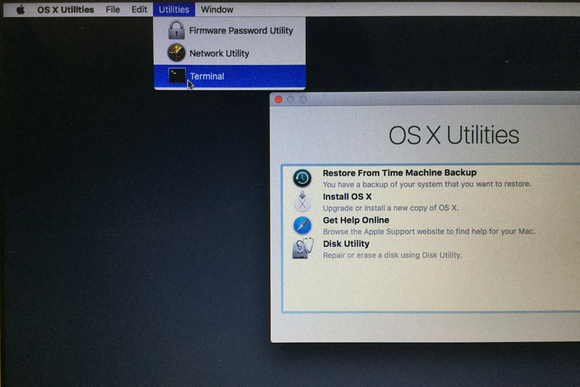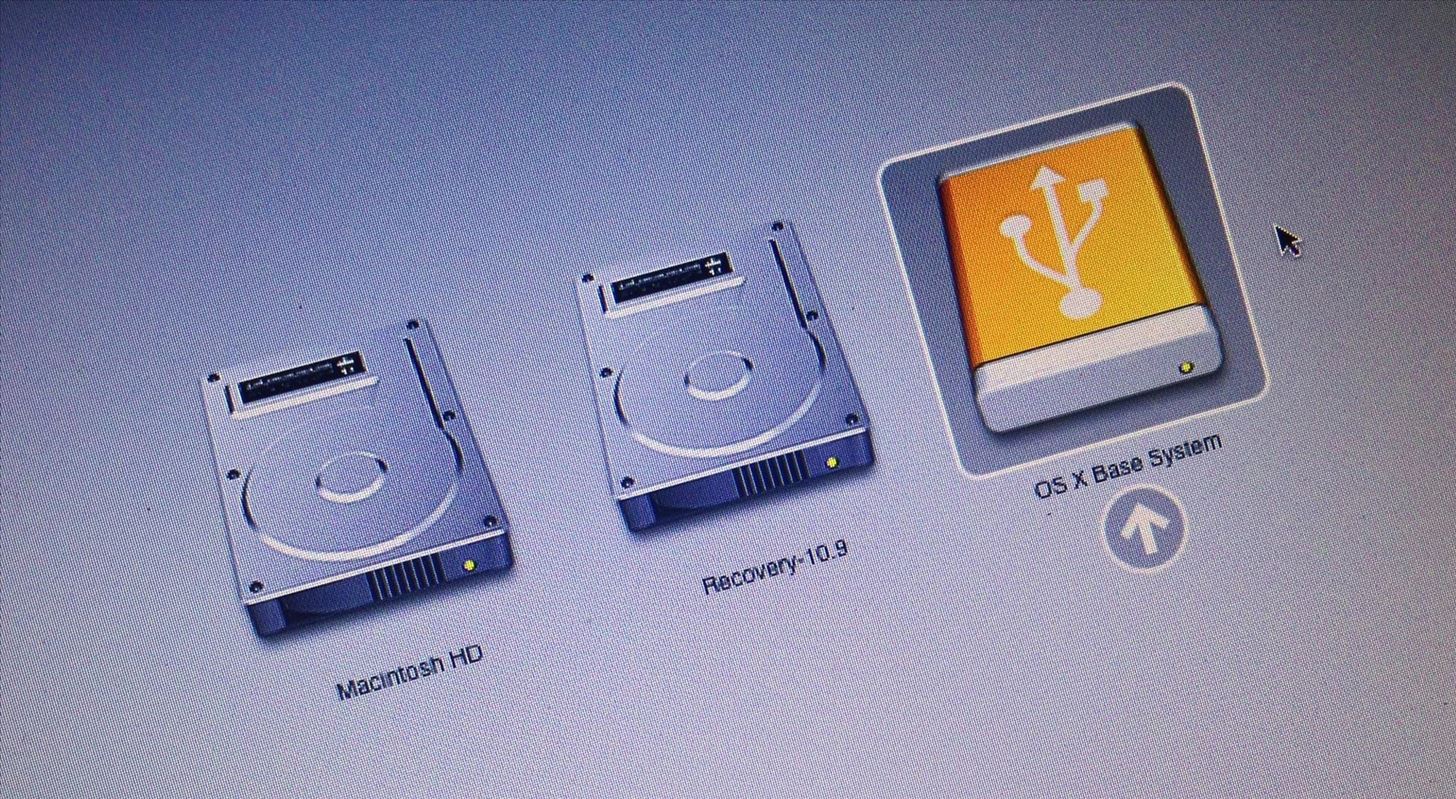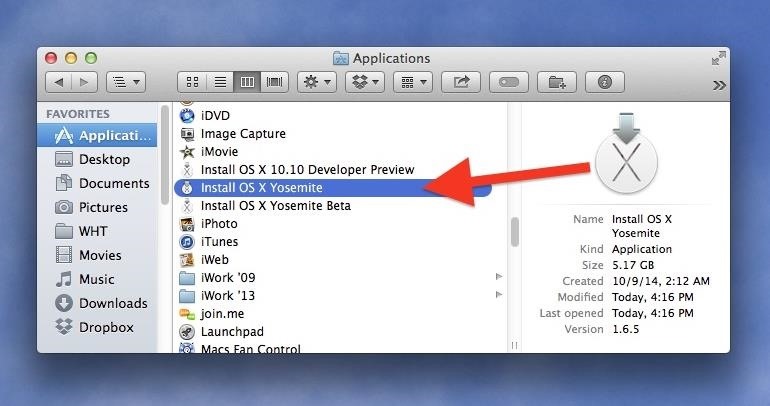

- #HOW TO SET UP A MAC OS USB BOOTABLE DRIVE 10.10 MAC OS X#
- #HOW TO SET UP A MAC OS USB BOOTABLE DRIVE 10.10 INSTALL#
- #HOW TO SET UP A MAC OS USB BOOTABLE DRIVE 10.10 FULL#
- #HOW TO SET UP A MAC OS USB BOOTABLE DRIVE 10.10 PASSWORD#
- #HOW TO SET UP A MAC OS USB BOOTABLE DRIVE 10.10 FREE#
#HOW TO SET UP A MAC OS USB BOOTABLE DRIVE 10.10 MAC OS X#
The file format has to be Mac OS X Journaled and you have to use the GUID partition map.
#HOW TO SET UP A MAC OS USB BOOTABLE DRIVE 10.10 INSTALL#
Thus if you’re actually looking to test OS X 10.10 and certainly if you’re looking to develop for it, do yourself a favor and install it onto a fast drive or a separate partition instead.The first thing you’re going to need to do is format the external hard drive properly. While performance is sufficient to get a feel of the general changes and appearance, the overall experience is tremendously slow when compared to running OS X Yosemite directly off of an internal SSD. On the other hand, a fast Thunderbolt or USB 3.0 drive may perform quite well for testing purposes.Įnjoy OS X Yosemite on your bootable external drive!įor those wondering, in creating this walkthrough I installed Yosemite and ran it off of a fairly generic ‘fast’ USB thumb drive. Performance ultimately depends largely on the speed and connection of the external drive being used, but something like an USB 2.0 external drive is undoubtedly much slower than whatever drive is built internally into the Mac.
#HOW TO SET UP A MAC OS USB BOOTABLE DRIVE 10.10 FULL#
Speaking of speed, it’s hard to overstate that performance of Yosemite (or OS X, or any other OS for that matter) running off an external volume is often considerably slower than running off an internal volume, and hardly representative of the true native experience of running on an full speed drive. Installing onto an external drive may take a while, depending on the speed of the destination disk.
#HOW TO SET UP A MAC OS USB BOOTABLE DRIVE 10.10 PASSWORD#

The last point is important, because the experience very well be much slower than what you’re used to.
#HOW TO SET UP A MAC OS USB BOOTABLE DRIVE 10.10 FREE#
You can speed test your external drives with free third party tools if you’re not sure if the performance is particularly good or bad, but it’s safe to say that faster read and write speeds is better.

If you’re going to try this, aim to use the fastest possible external drive for the best experience, otherwise you’ll find the entire process and overall OS X 10.10 experience to be quite slow running off an external disk. The method described in this tutorial works to install a bootable OS X Yosemite instance onto any external disk, whether it’s a USB flash drive, a generic external hard drive, or whatever other external volume you have.


 0 kommentar(er)
0 kommentar(er)
